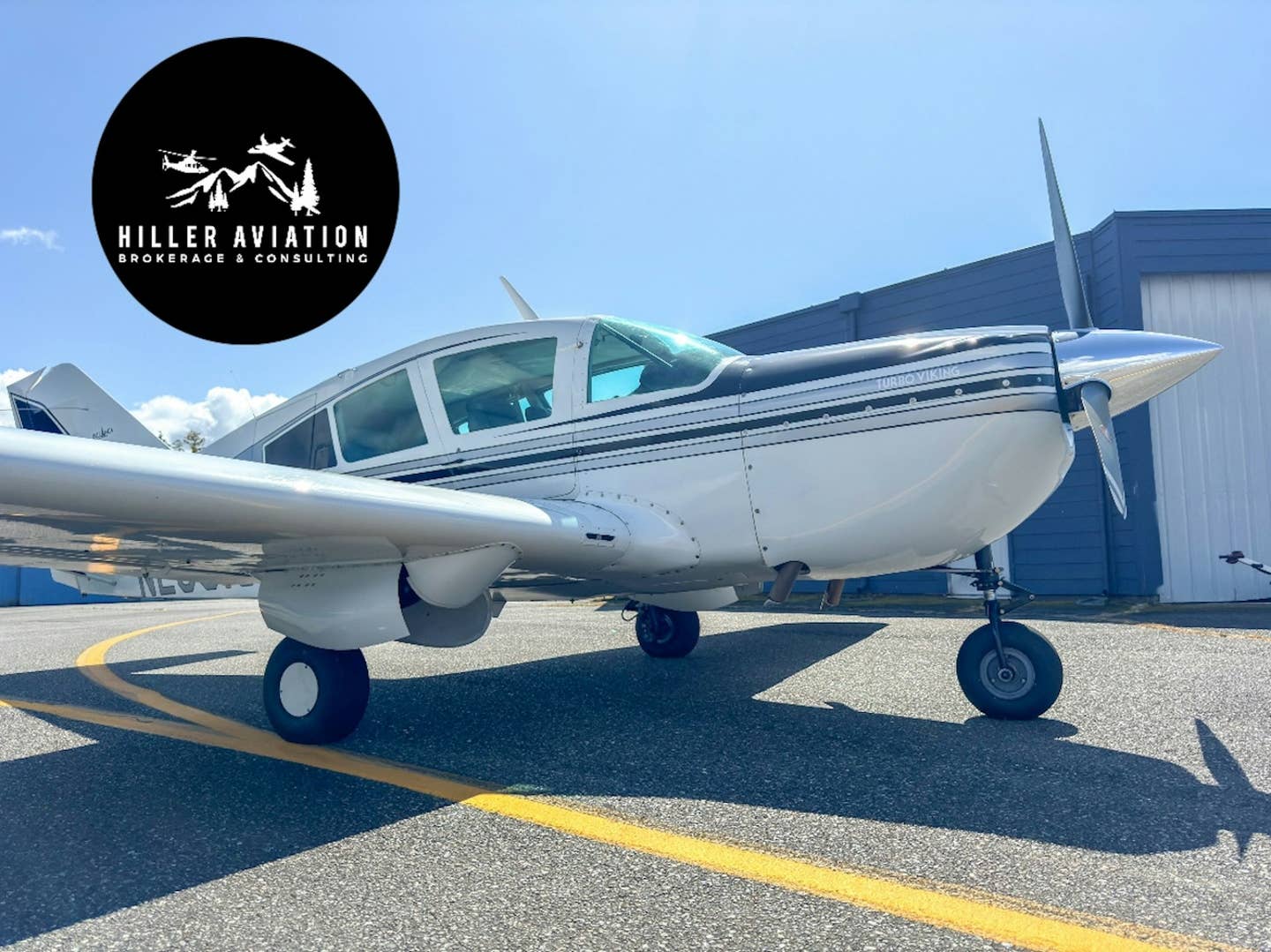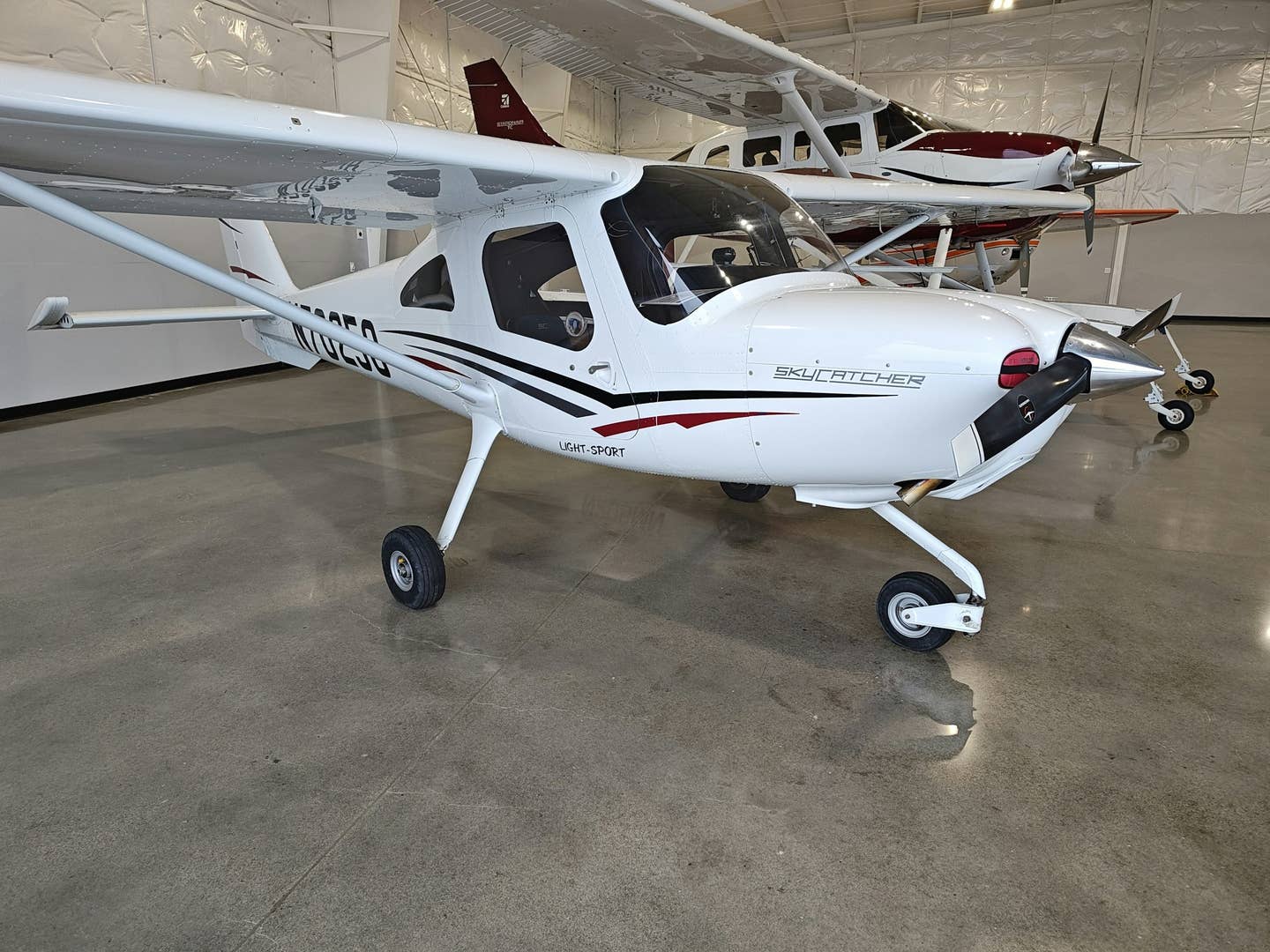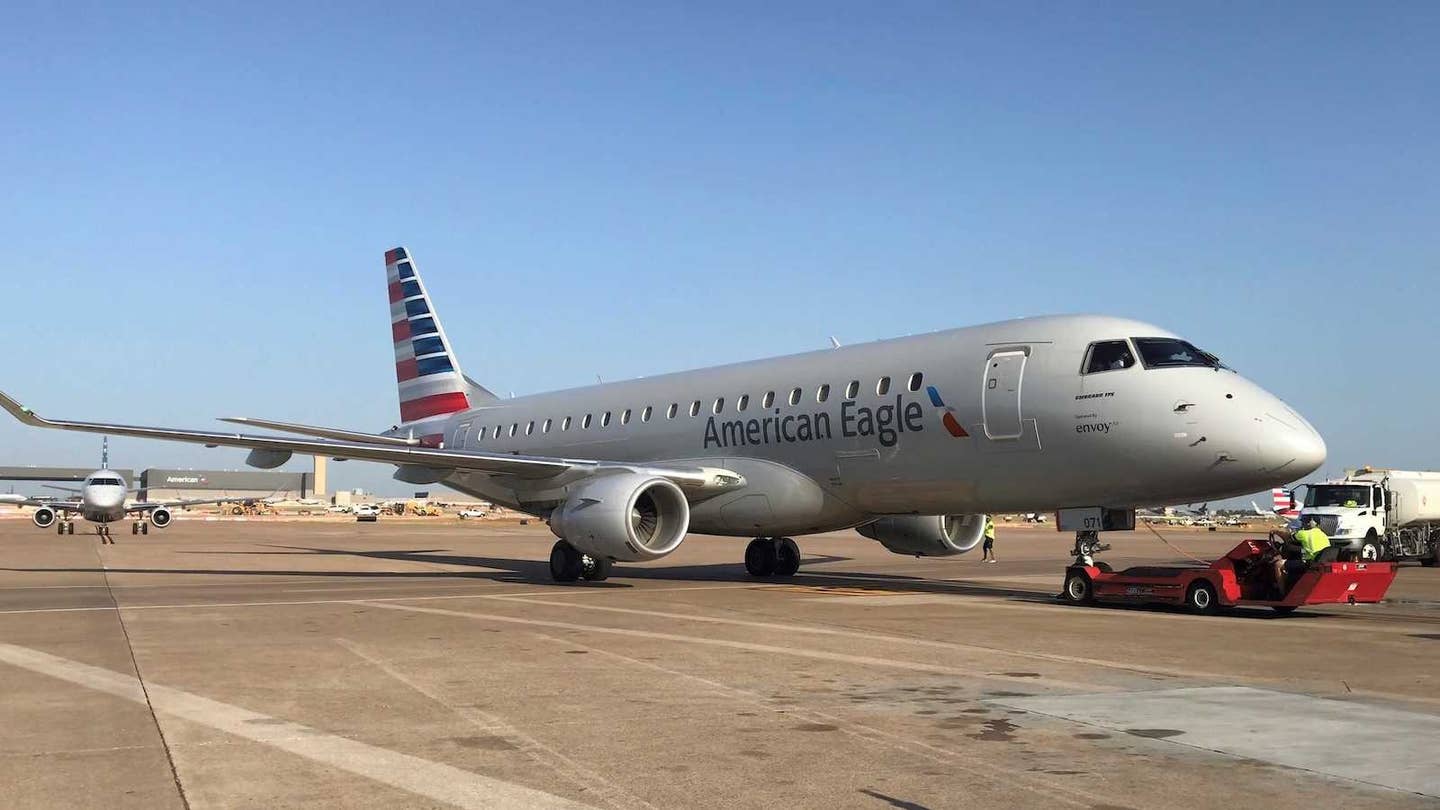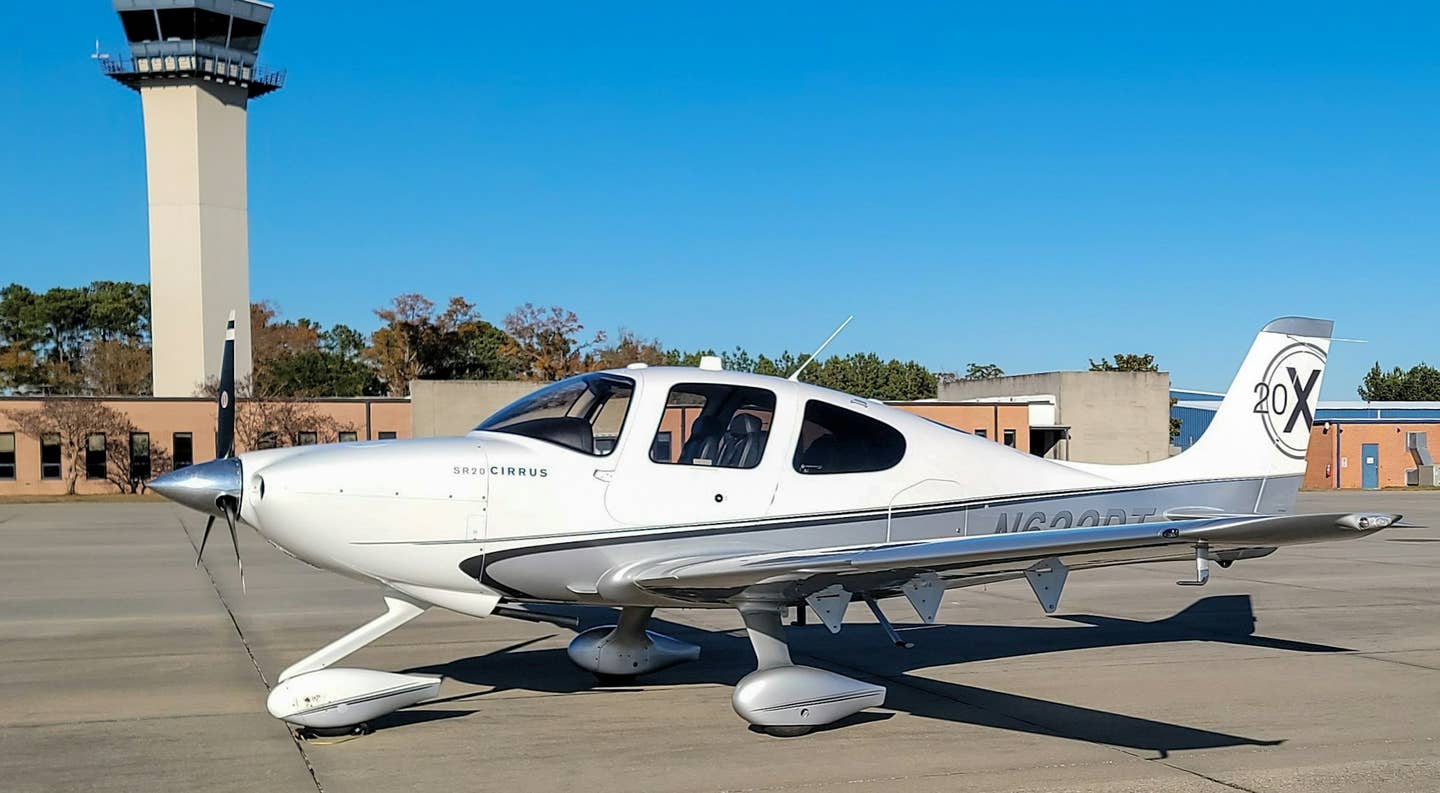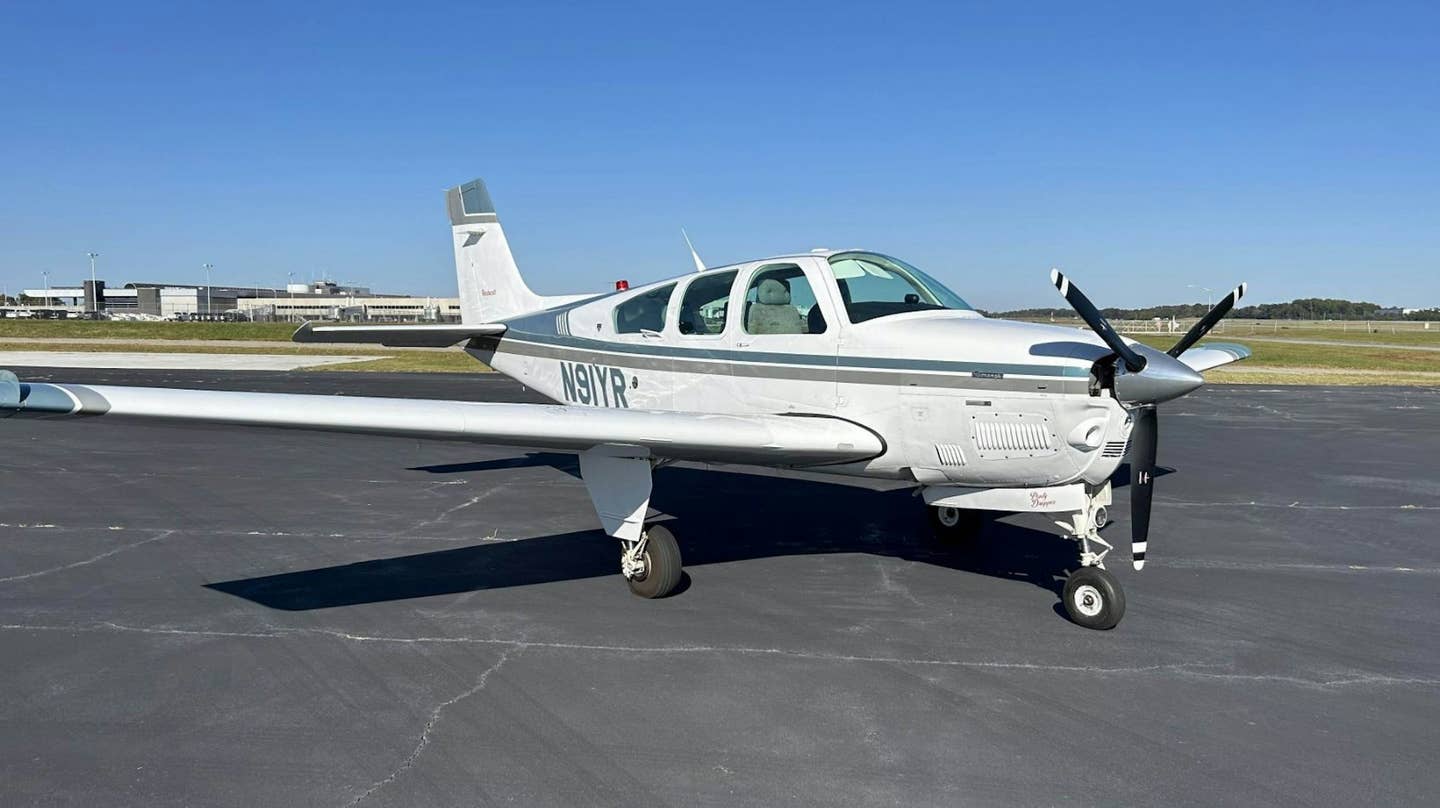
A Super Cheyenne II with the
Blackhawk XP 135A engine upgrade. aviationmarketing.com
Open a desk drawer at work and there it is. Check the bedside table; there it is again — a single sheet of glossy paper, almost as thick as cardboard, with a flattering shot of my favorite turboprop: the Piper Cheyenne. The airplane is dear to me because my wife and I own one. The glossy sheets have infiltrated most flat surfaces around here because they depict the Blackhawk engine upgrade program for the Cheyenne series. The Cheyenne is the perfect candidate for an engine upgrade. With our engines coming up on their TBO, I've been noodling with all sorts of permutations.
No matter what type of airplane you fly or own, these considerations play with the back of your mind. Be it whether to do a top instead of a major overhaul, or to sell the old Falcon jet and buy something else, we are all always thinking about the balance between price, performance and safety. I'd like to say that I've got a firm grip on my emotions and a cold eye for value, but that would be a lie. It is much more accurate to state that I'm inclined to get as much as I can possibly afford, regardless of price, because flying isn't just a new lawn mower. It is flying, and I intend to get the biggest tractor and blades I can afford.
In my case, the engines in question are Pratt & Whitney PT6A-11s. They produce 500 horsepower (they can produce more but were flat rated for certification of the airplane).
The Cheyenne II (which actually predated the Cheyenne I) was born with PT6A-28 engines. They made 620 shp, and therein lay a problem. During certification, longitudinal stability was an issue, and an elaborate "stability augmentation system" (SAS) was installed in the II series. That's why Piper introduced the new model (the I) with lower horsepower and no SAS. The difference in cruise speeds was just shy of 20 knots, not a major factor on most missions. What Blackhawk has done is to obtain an STC (supplemental type certificate) that allows engines with more horsepower to be installed on airplanes without the SAS requirement. It does this very simply: by just restricting the horsepower to 500. As the airplane climbs, the power output of the original -11 engines decreases, but with all the reserve that bigger engines possess, they can maintain 500 horsepower to much higher altitudes. In the parlance of turbine engines, they "don't temp out."
The glossy piece of seduction has a neat little graph that portrays a silhouette of a Cheyenne whisking across the page. A stock Cheyenne I at Flight Level 220 will do 231 knots. An airplane modified with the -135A engines capable of 750 horsepower will do 271 knots or more. Since I love the airplane's size, handling, looks and feel, the notion of having all the familiar surroundings and a 40-knot speed increase is intoxicating.
As with anything shiny, there are some more subtle considerations. The 750 horsepower engines burn more fuel per hour (110 pounds or 16 gallons more at FL 220) than the originals burn. This penalty is somewhat offset by the more robust climb rate of the airplane at higher altitudes. You can get up high faster, where the burn rate is lower. There is still more fuel consumption than with the original engines, but all turboprops burn a lot more down low, so the ability to get up high fast is important. And, of course, the faster airplane gets to its destination sooner, so the engines are shut down and burning nothing while the older, original airplane is still slogging along at those relatively slow speeds.
The bigger engines cost a lot. About $560,000 with engine core exchange. Considering the fact that the bluebook for our airplane is less than $400,000, does it make sense to strap on engines that are worth much more than the airplane? And, you've got to get four-bladed Hartzell props or the props off a Cheyenne IIXL to go with those monster engines.
All told, the project may push $700,000, about twice the value of what we've got sitting in the hangar now.
Why not just overhaul the existing engines and live with the slow airspeeds? Good question. The answer may be in the uncertainty of the second overhaul of engines built during the Carter administration. The bluebook says an overhaul is about $125,000 to $160,000. That's per side. All of a sudden, $560,000 doesn't look like that much more. Add in the apocryphal stories of engines disassembled on the shop floor and the news that the overhaul will be much, much more than anticipated, and the new -135As look like a bargain. To a nongambler like me, the notion of filleting our engines and then being at the mercy of what's inside them is an unattractive proposition. How would I know if those turbine blades really need to be replaced?
How about buying a pair of used -11s? There aren't many. They are pretty much on Cheyenne I's and ag airplanes only, so they are not to be found in abundance on the used marketplace. In fact, I can't find any.
I spoke to Edwin Black at Blackhawk. I know I want to like everything about Blackhawk, and Edwin gives me plenty of reasons to do so. How about putting a set of 28s on the Cheyenne I? This gives the Cheyenne I the performance of the Cheyenne II, and no prop conversion is necessary. He sent me a neat little graph that showed how much faster I'd go. These engines are in the $450,000 range, so when compared with the likely $320,000 to overhaul the original -11s, this sounds really good to me.
Until, until. Married as I am to an accountant, the concept of spending that kind of money on a 30-year-old airplane elicits some pointed questioning. What is the resale value, she wants to know. This question never occurred to me. I never thought of selling the airplane. Once I had those big engines, why would I ever sell it? I'll fly that thing until I drop.
What's the difference in time en route on our customary trips, she asks. Well, er, not that much, I admit. It is just that I hate being pointed out to Cactus 476 as "slow-moving traffic at Flight Level 250." Going upwind, I am really offended if our ground speeds sink below 200 knots. It doesn't happen often, but I don't like it. All this expense and I'm doing 188 over the ground? Not for me.
Then I got interested in the MORE program (Maintenance on Reliable Engines) for PT6s. Recognizing that the 3,600-hour overhaul requirement is an arbitrary number developed by human beings, the MORE program seeks to evaluate engines and put them on a maintenance program not unlike the way the airlines manage their jet engines: "on condition." This allows the engines to soldier on, sometimes up to as many as 8,000 hours. Given that the wear and tear on turbine engines comes with the start sequence, some airplanes with 3,600-hour PT6s can be in much better shape than those flying short hauls. Then there are the mythic stories of PT6s functioning on oil rigs for 60,000 consecutive hours, after which they are shut down and overhauled.
The MORE program uses the Pratt & Whitney maintenance manual as a foundation and adds on periodic inspections: borescopic exams, inspection of compressor and exhaust duct areas, oil and filter debris analysis and vibration analysis. In order to get onto the STC ($8,000 a side, thank you), vibration analysis and fresh hot sections are required.
This last factor reminded me of our last hot section at Southeast Turbine Engines. The T-wheel blades were removed and I was informed of a choice: Send them off to be tested and refurbished or buy new blades. Given that I needed the airplane back in service, I sprung for the new blades. Bill Turley, my trusted maintenance man at Aircraft Engineering for the last almost 30 years, kept the old blades in a nice white box.
"Drill a hole in these blades and make a necklace," he said. "It is a $7,000 necklace, though."
I called Jim Celentano at Columbia Air Services in Groton, Connecticut. Jim and his team are big Cheyenne guys, and I've found Jim to be a reliable and attentive resource. He told me that most MORE entrance projects for Cheyenne Is run somewhere between $55,000 and $85,000. That's a lot less than $700,000. Our one engine with the relatively new hot section shouldn't be too expensive, and the other, older engine may be able to use some of those blades sitting in the necklace box that sits in the closet. I'm glad I kept them and didn't make jewelry out of them.
I won't bore you with all the ins and outs of engine accessories, the nuanced difference between P&W parts and parts made by others (the price difference is more dramatic than subtle). I'll put it this way: My choices seem to vary from less than $100,000 to $700,000. The maximum difference in speed is about 40 knots. That's $15,000 a knot. Like most things in aviation, the approach to higher speed and range is asymptotic: For minor improvements in performance, the cost is huge.
That said, I look ahead to making a decision that gets the most performance I can afford without incurring the expense of a divorce lawyer. Cathy loves where the airplane can take us, and she is supportive of my flying addiction, but she'll keep an eye on me to be sure I don't do anything too crazy.

Sign-up for newsletters & special offers!
Get the latest FLYING stories & special offers delivered directly to your inbox

